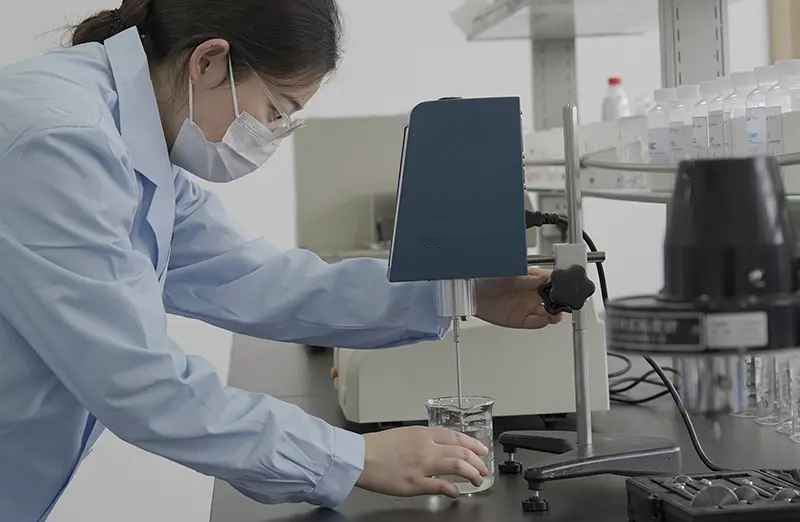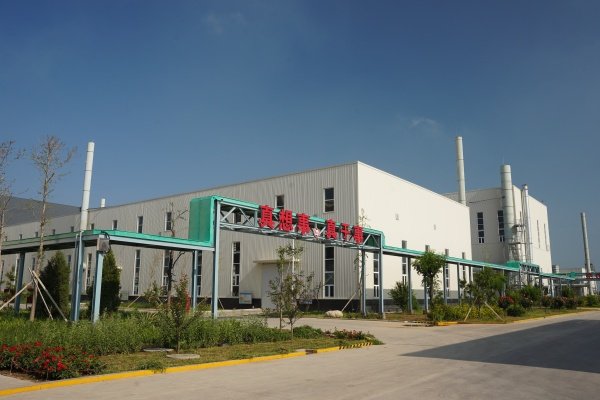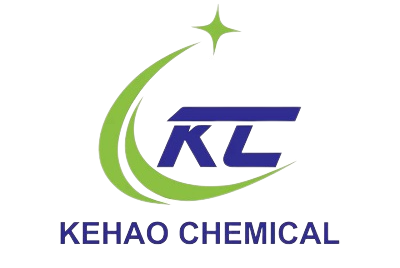I know choosing the wrong Hydroxypropyl Methyl Cellulose supplier can cause job-site failures, customer complaints, and costly delays. Many industrial buyers worry about unstable viscosity, fake certificates, and inconsistent supply.
Industrial buyers should check viscosity stability, water retention, purity, dissolution speed, certifications, factory scale, and real job-site performance when choosing a Hydroxypropyl Methyl Cellulose supplier. Reliable HPMC must come from certified automated factories with traceable testing and consistent production batches.

HPMC quality check
When I first entered the cellulose ether industry, I saw buyers lose entire projects because the supplier cut corners. Today, I share this so you avoid the same risks and make confident sourcing decisions backed by technical proof.
Key Quality Indicators Industrial Buyers Must Evaluate for Hydroxypropyl Methyl Cellulose
I talk with industrial buyers every day who tell me they struggle to judge HPMC quality without lab equipment or mortar experts. I understand this problem, so I break it into simple, measurable points.
Buyers should evaluate viscosity stability, water retention, dissolution behavior, ash content, purity, and performance in tile adhesive, putty, and mortar tests. These indicators prove whether HPMC will perform consistently on job sites, protect mortar workability, and reduce cracking.

HPMC testing
I always tell my clients to start with technical specifications, then verify results in real formulas. Below I break down these core indicators in a practical way:
Viscosity Stability
- Must remain stable during storage and mixing
- Avoid suppliers who cannot provide batch records
Water Retention & Gel Strength
- Critical for longer open time and smoother mortar finish
- Better for hot climates and large-format tile work
Dissolution & Dispersibility
- Smooth dispersion means easy mixing on site
- Poor grades clump and cause uneven workability
Purity, Ash, pH
- Lower ash and neutral pH means cleaner polymer and fewer impurities
- Stable formulation for tile adhesive and putty
| Property | Why It Matters | Target Result |
|---|---|---|
| Viscosity | Workability & sag resistance | Consistent across batches |
| Water Retention | No dry-out, better adhesion | > 95% for tile adhesive |
| Dissolution | No lumps, smooth paste | Fast and uniform |
| Ash Content | Purity & stability | Low and controlled |
| pH | Compatibility | Neutral range |
I always ask buyers to test in tile adhesive, skim coat, and cement mortar. Job-site trials never lie. A supplier who supports field testing usually has strong confidence in their product.
For deeper understanding, technical guides from TCNA and ASTM Standards help buyers verify mortar performance benchmarks.
Critical Factory and Certification Requirements for Reliable Hydroxypropyl Methyl Cellulose Supply
Some buyers choose low-cost workshops thinking they save money. Then they face shipment delays, inconsistent quality, and customs problems. I have seen this happen many times.
Buyers should confirm factory scale, automated production, ISO systems, and traceable QC records when sourcing HPMC. A real supplier provides ISO, REACH, SGS, and COA reports, and they operate automated lines to ensure batch consistency and steady supply.

HPMC factory
When I walk buyers through our factory, they always say the same thing: “Stability matters more than price.” Here is what I help them check:
Production Capacity & Equipment
- Large dust-free workshops
- Fully automated production lines
- Consistent raw material sourcing
Certifications & Compliance
- ISO 9001, REACH, SGS test reports
- COA for each batch
- Safety data & export records
Traceability & QC Systems
- Batch tracking from raw materials to packaging
- In-house lab with viscosity, moisture, pH testing
- COA shared before shipment
| Factor | What to Check | Why It Protects You |
|---|---|---|
| Factory Size | Production lines, automation | Stable long-term supply |
| Certifications | ISO, REACH, SGS | Avoid customs issues |
| QC Process | Batch testing, lab reports | Uniform performance |
| Automation | Continuous mixing, sieving | Better stability than manual plants |
Trusted suppliers share certifications openly. You can check chemical industry compliance resources at REACH ECHA to verify regulation standards.
Common Risks When Buying Hydroxypropyl Methyl Cellulose and How to Avoid Them
I often hear new buyers say they found “cheap HPMC from a small supplier.” Months later, they return after site complaints and failed batches. This guide helps avoid that mistake.
The most common risks are unstable viscosity, fake certificates, inconsistent supply, and poor technical support. Buyers should request technical samples, test on job sites, verify certificates, and choose suppliers with transparent QC systems and export history.
Let me break down the risks clearly:
Quality Fluctuation
- Leads to sagging tiles, cracks, and complaints
- Prevention: batch test & retain samples
Fake Certification
- Causes customs issues
- Prevention: verify through official channels
Supply Instability
- Project delays and high costs
- Prevention: choose real factories, not traders
No Technical Support
- Hard to adjust formulas
- Prevention: choose suppliers offering lab support and site guidance
| Risk | Impact | What to Do |
|---|---|---|
| Viscosity drop | Job-site failure | Check COA + field tests |
| Fake docs | Customs hold | Verify with agencies |
| Shipment delay | Work stoppage | Work with large plants |
| No tech support | Rework losses | Ask for lab reports |
I always encourage buyers to request tile adhesive, skim coat, and mortar samples and run field tests before bulk purchase. This protects your supply chain and ensures long-term stability.
Conclusion
Check HPMC quality stability, factory scale, certifications, QC traceability, and field test performance. The right supplier gives stable quality, safe delivery, and technical support that protects your projects.



